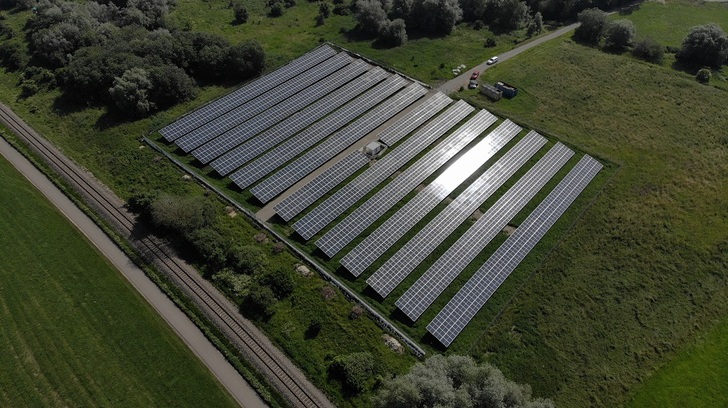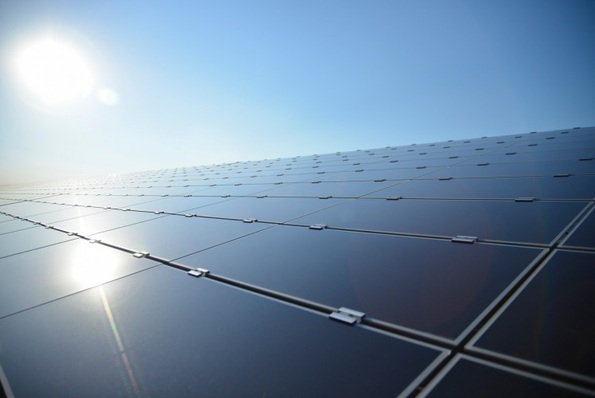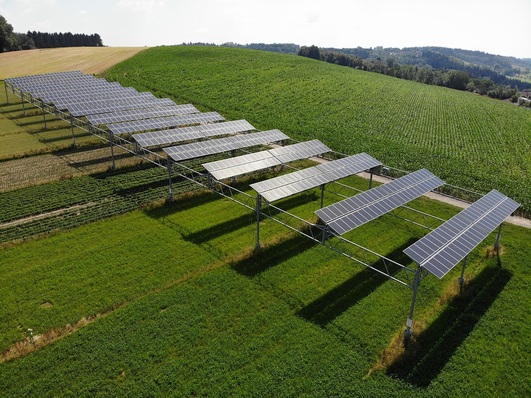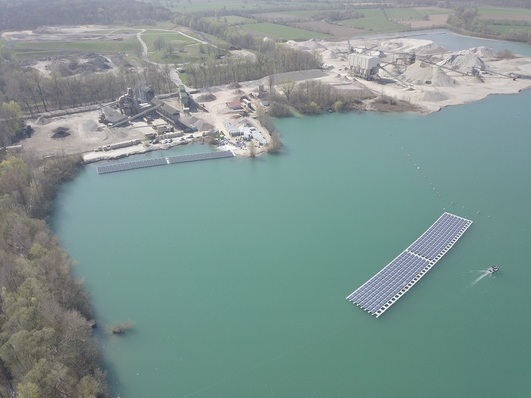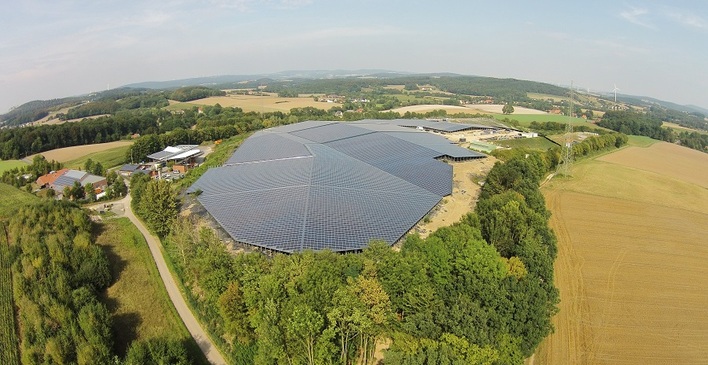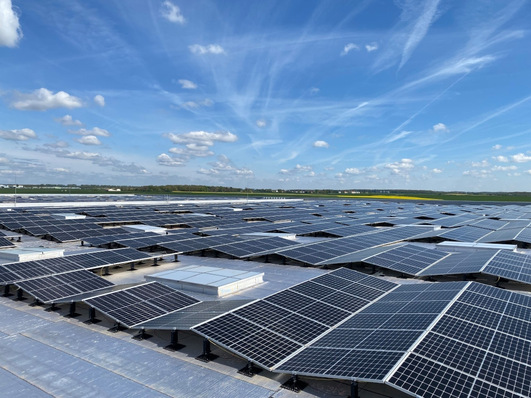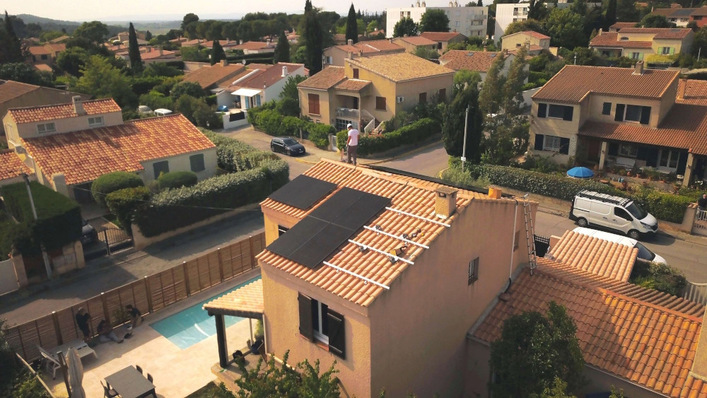Earlier this week we were alluding to the fact that some people think that solar parks harm biodiversity. Not only is that not the case, but they can also be established on land that could not be put to other uses:
Erdgas Südwest has put its new solar park in Ertingen/Germany into operation. The park was built on wasteland that was no longer available for further use. Now regenerative energy for the region is being generated there at the same time as contributing to climate protection.
The site of the new Ertingen solar park was at first a no man’s land: no agriculturally or economically meaningful use could be found because excavation deposits from a road construction project had made the land apparently unusable. The location between the main road and the railway line also reduced the attractiveness of the land.
Creating something new from wasteland
Erdgas Südwest identified the opportunity to use the wasteland for the purpose of the regional energy revolution and began planning a solar park. “We are convinced that energy must be generated from renewable sources in the long term,” says Hans-Joachim Seigel, Managing Director of Erdgas Südwest. “Conversion areas – i.e. areas left polluted by their original use – are of special importance for solar energy. We would like to use brownfield sites, i.e. economically worthless areas, meaningfully and at the same time promote regional energy transition.”
546 tonnes less CO2
Within a construction period of only three weeks, the Ertingen solar park was built using 2,628 photovoltaic modules and has a total electrical output of 749 kilowatts. Annual electricity production totalling 780,000 kWh and CO2 savings of more than 546 tonnes are expected. “These figures show what can be achieved with a single scheme. That’s why it is so important for us to push ahead with regional projects like these,” explains Seigel.
New habitats and bee protection
In addition to energetic, technical and organisational aspects, the company also considered general ecological conditions in Ertingen. Among other things, new habitats were created for the sand lizard and the area was planted with native vegetation. The company’s own “ProNatur” initiative also aims to cooperate with a beekeeper in order to support the protection of bees in Ertingen. (HCN)
Here, in case you missed them, are Part 1, Part 2 and Part 3 of this week's series.


